USABC awards 24M $3.8M contract to support the development of low-cost, fast-charging Li-metal batteries
Green Car Congress
APRIL 15, 2023
The two-year project, which includes a 50% cost share, will focus on the development of a low-cost, fast-charging EV battery technology. The continued growth of the EV industry requires lower-cost, faster-charging batteries. 24M has been awarded a $3.8-million


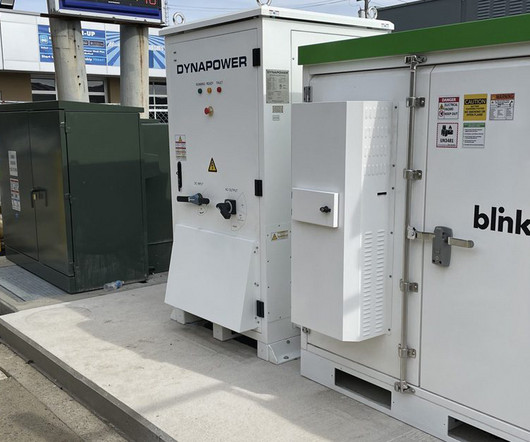
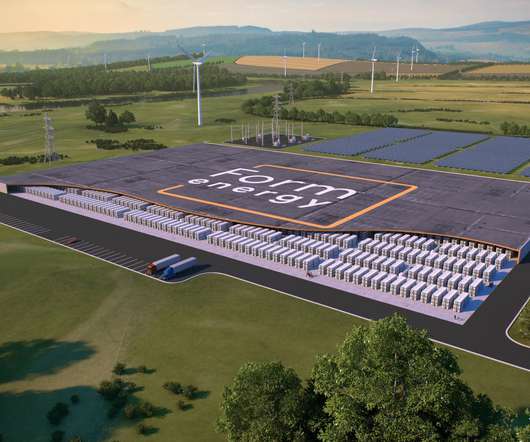







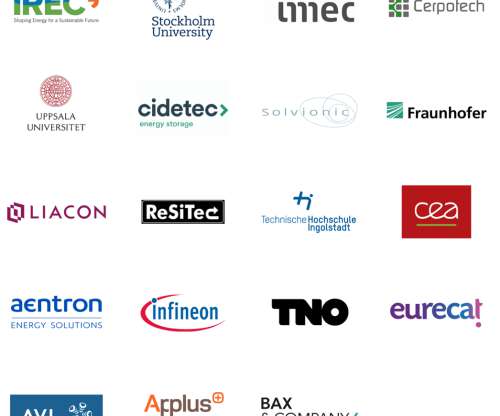











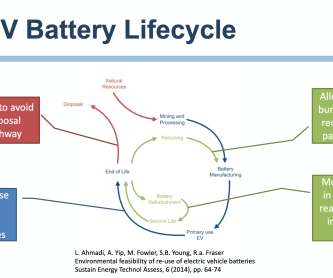
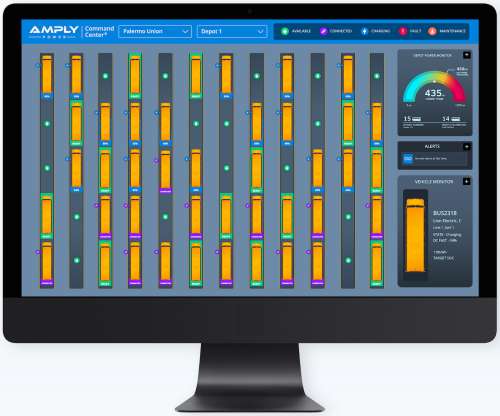





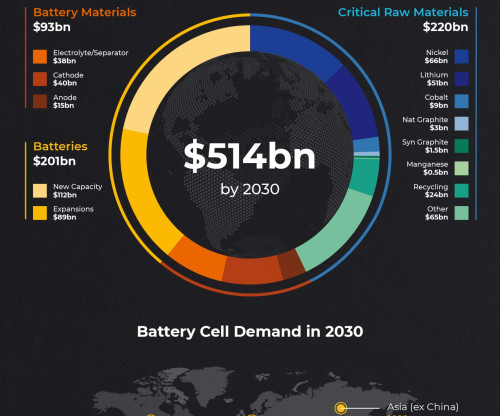
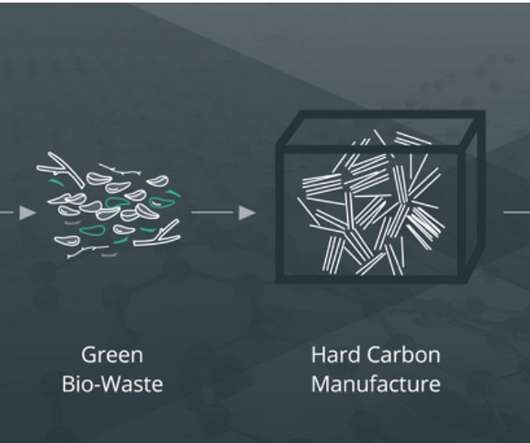
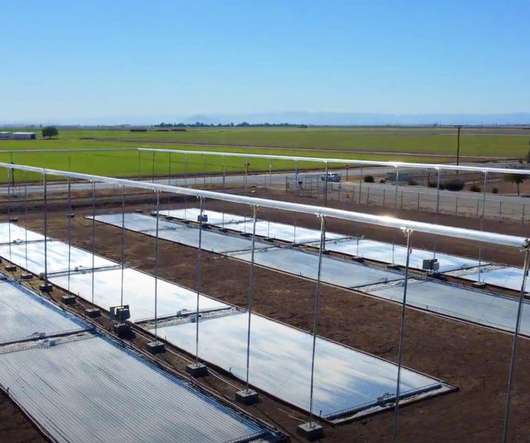









Let's personalize your content